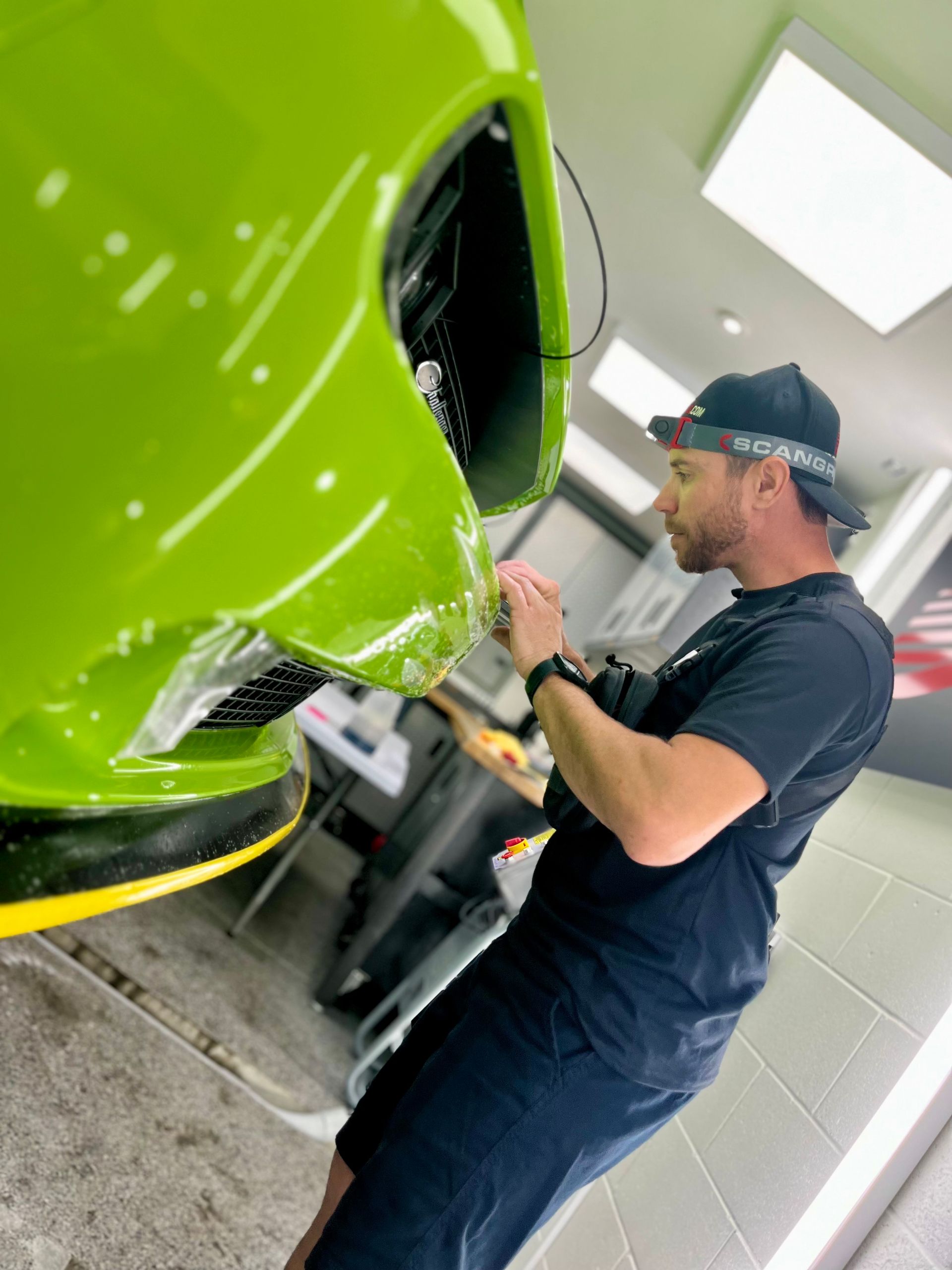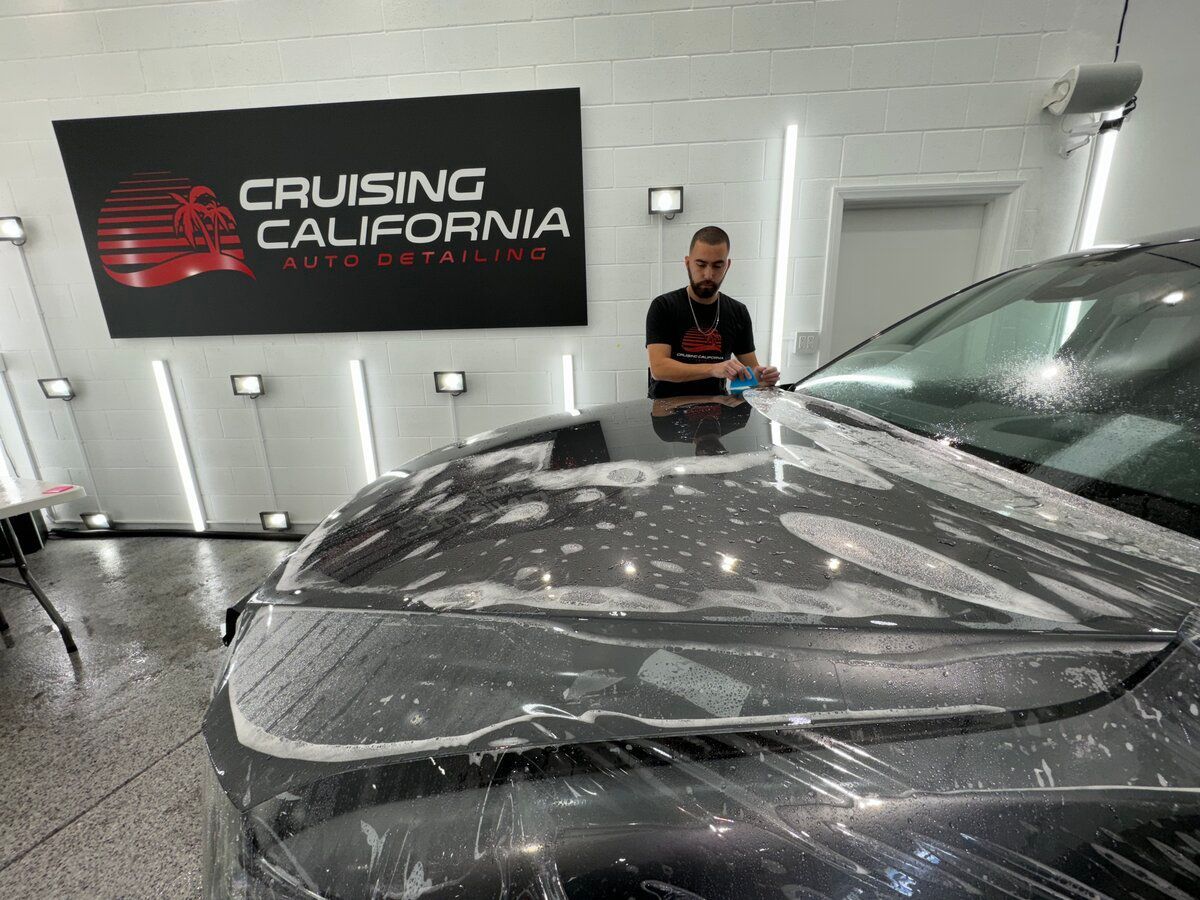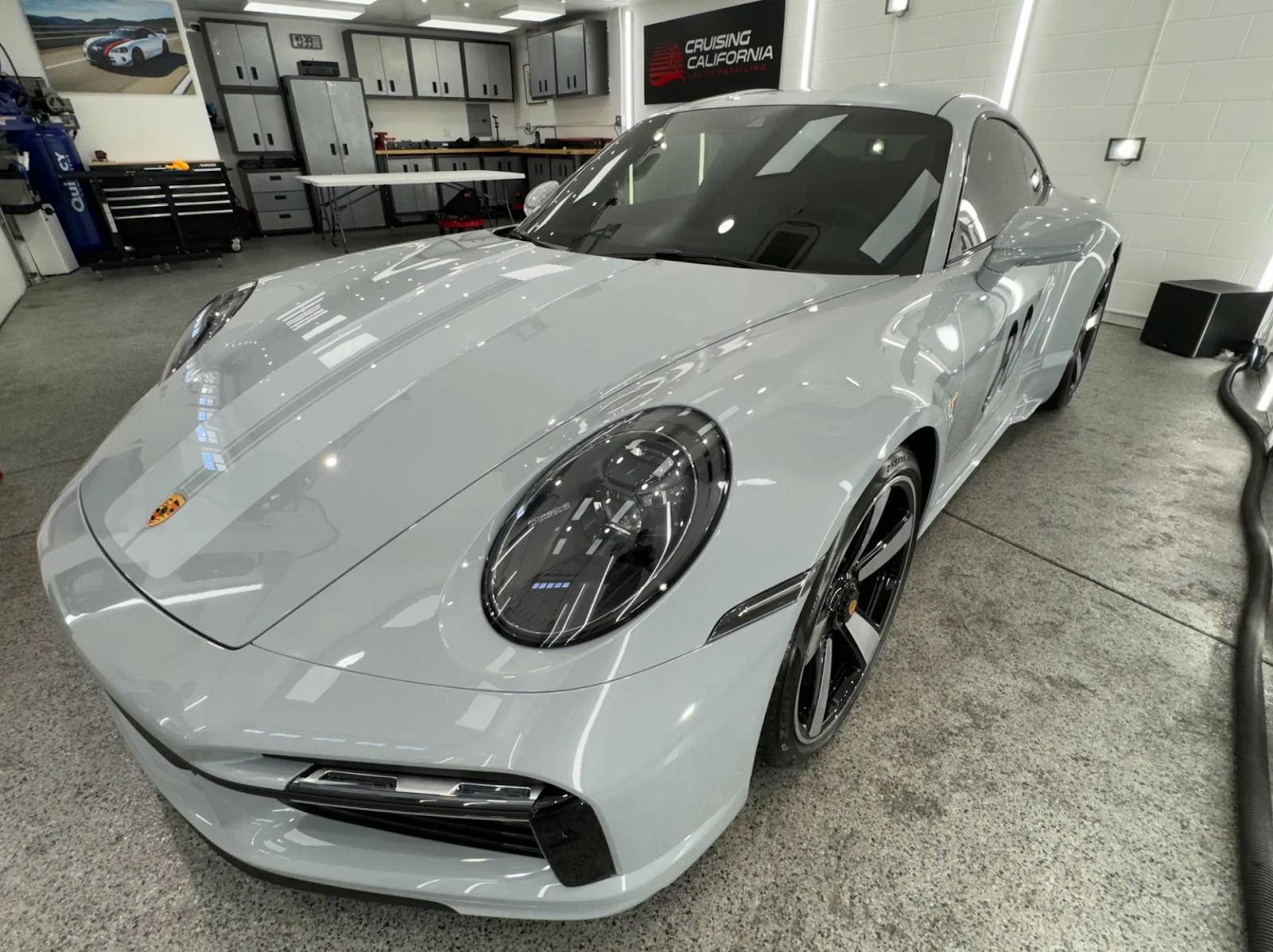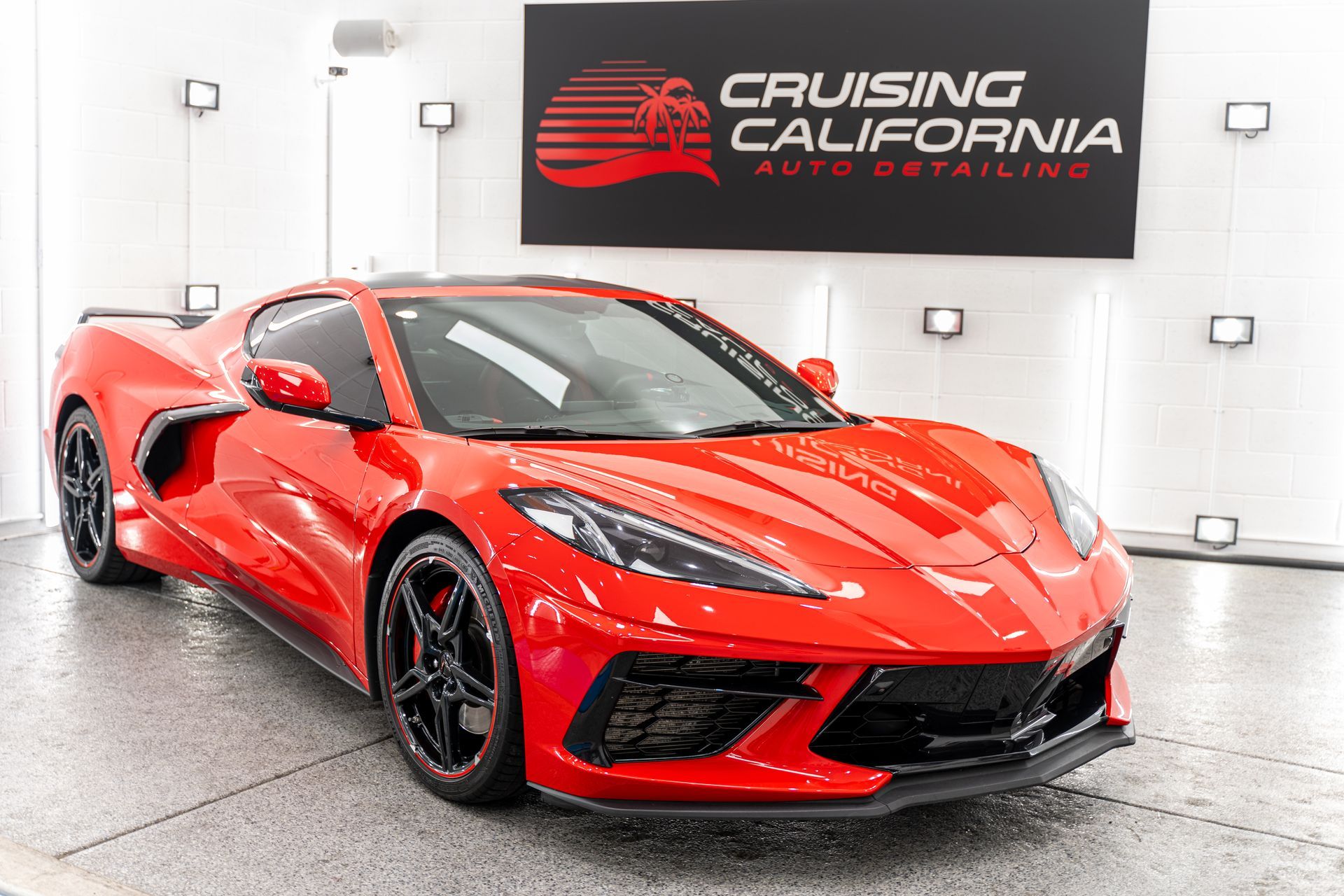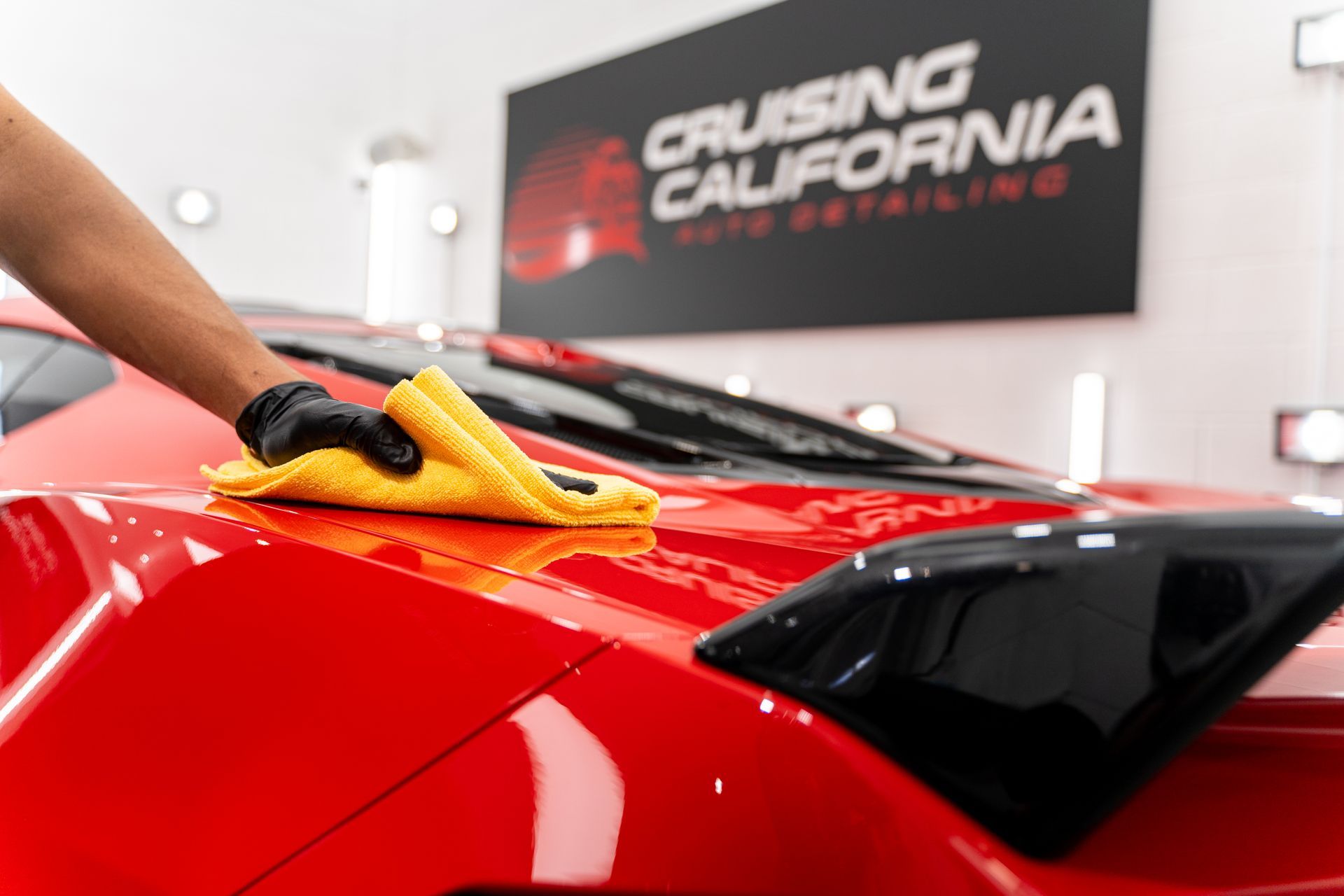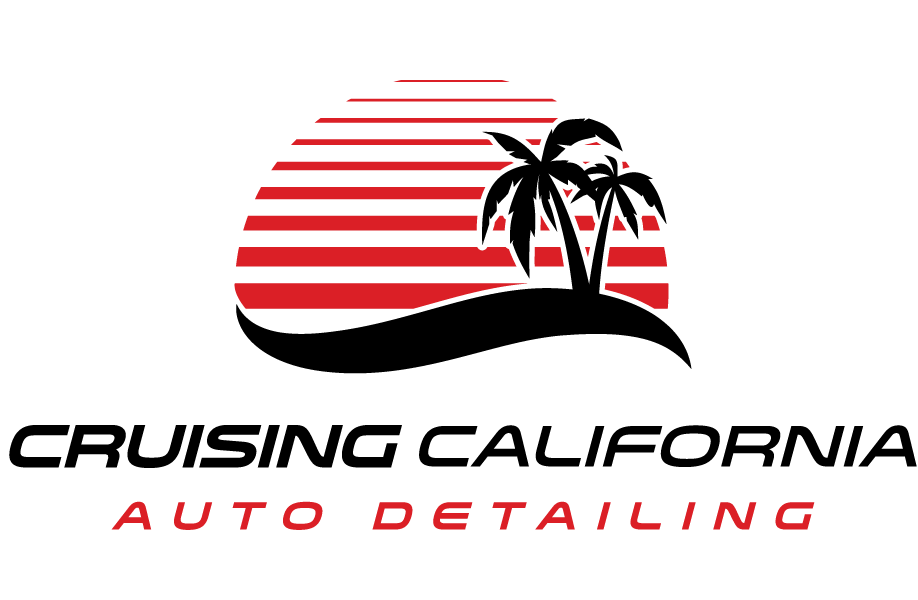Ceramic coating for cars in El Cajon provides a robust shield that elevates your car's look. This liquid polymer bonds with your car's original paint, forming a barrier to protect against environmental pollutants. Unlike ordinary wax or sealant, this protection is more durable and enduring. However, it's not just about physical defense; the ceramic coating adds an unrivaled shine that truly sets your vehicle apart on the roads of El Cajon.
What is a ceramic coating for cars?
Ceramic coating is a liquid polymer that chemically bonds with the surface of your vehicle, including the factory paint. This bond creates a protective layer that goes deeper than traditional wax or sealant, offering enhanced protection and a longer-lasting shield against the elements. This is cutting-edge technology designed to withstand environmental contaminants and provide impeccable protection, all while significantly enhancing the appearance of your vehicle.
When applied properly, the ceramic coating forms a sturdy, invisible layer on top of your car’s paint, acting as a barrier between the elements and your vehicle. This protection helps maintain the pristine appearance of your car while eliminating the need for frequent waxing or sealing.
In addition to its protective abilities, this advanced polymer technology also provides an unparalleled level of shine and gloss to your vehicle's exterior. The result is a stunning, mirror-like finish that doesn't just turn heads—it also maintains its brilliance much longer compared to traditional wax or sealant applications.
This unique quality ensures that water beads off the surface easily, preventing it from sticking and forming water stains. This means that even when nature throws its worst at your car—whether rain, snow, or mud—you can rest assured that your vehicle will remain immaculate no matter what.
Why Should You Get Your Car Ceramic Coated in El Cajon?
El Cajon's scorching heat and dry climate can take a toll on your car's paintwork. The sun's UV rays beat down on your vehicle, causing the exterior paint to fade and oxidize at a faster rate than in more moderate climates. By applying a ceramic coating, you provide an essential shield against these damaging factors. The ceramic coating acts as a protective barrier that safeguards the car's paint from heat damage, UV exposure, and other environmental elements unique to El Cajon's weather conditions.
Now let's talk about hassle-free maintenance. Washing your car can be a time-consuming chore, but ceramic coating makes this task much easier. The hydrophobic properties of the ceramic coating create a water-repellent surface that also repels dirt and grime. This means that when you do wash your car, it will be quicker and easier because most contaminants will slide right off, leaving your car looking cleaner for longer periods of time. With a ceramic coating, you'll find yourself spending less time cleaning and more time enjoying the sleek appearance of your car.
Long-term cost savings
Costs can add up quickly when it comes to maintaining your car's appearance. Whether it’s repainting or extensive paint correction needed due to weather-induced damages, taking care of your car can become quite expensive without proper protection. Luckily, ceramic coating can come to the rescue in terms of long-term cost savings. By protecting the car’s paintwork from environmental damage, the need for costly paint correction or repainting is minimized, ultimately reducing maintenance expenses and saving money over time.
Think of ceramic coating as an investment in long-term savings. Just like how regular maintenance can prevent costly repairs to any machine or piece of equipment, the protective layer of ceramic coating acts as a shield against potential damage to your car's exterior paint. It’s like having invisible armor that fights off the elements and keeps your car looking pristine without breaking the bank in maintenance costs.
By understanding these compelling reasons, El Cajon residents can see how ceramic coating offers crucial protection against their unique weather conditions, reduces maintenance efforts, and ultimately provides long-term cost savings for preserving their vehicles' appearance.
Protection from UV rays and extreme heat
El Cajon's sunny climate can be harsh on your vehicle's exterior due to the constant exposure to UV rays and extreme heat, which can cause premature color fading, paint deterioration, and sun damage. This rapid deterioration can make your once glossy car look dull and lackluster in no time. This is where the remarkable benefits of ceramic coating come into play.
A ceramic coating creates a robust shield against the harmful effects of UV rays and extreme heat. It acts as a protective barrier, preventing the sun's rays from penetrating the clear coat and damaging the paint underneath. This protection is essential for maintaining the showroom-quality appearance of your vehicle for an extended period of time.
Additionally, the ceramic coating's UV protection aids in preventing color changes that may result from prolonged exposure to the sun. Without this protective layer, the vibrant colors of your car's paint may start to dull or change over time. By safeguarding your car against these elements, ceramic coating ensures that it continues to exude visual appeal, maintaining its original color vibrancy without succumbing to sun-induced fading or discoloration.
In El Cajon's sunny climate, protecting your car from UV rays and extreme heat is not just about maintaining its visual appeal but also ensuring its long-term durability and value retention.
Services for Ceramic Coating in El Cajon
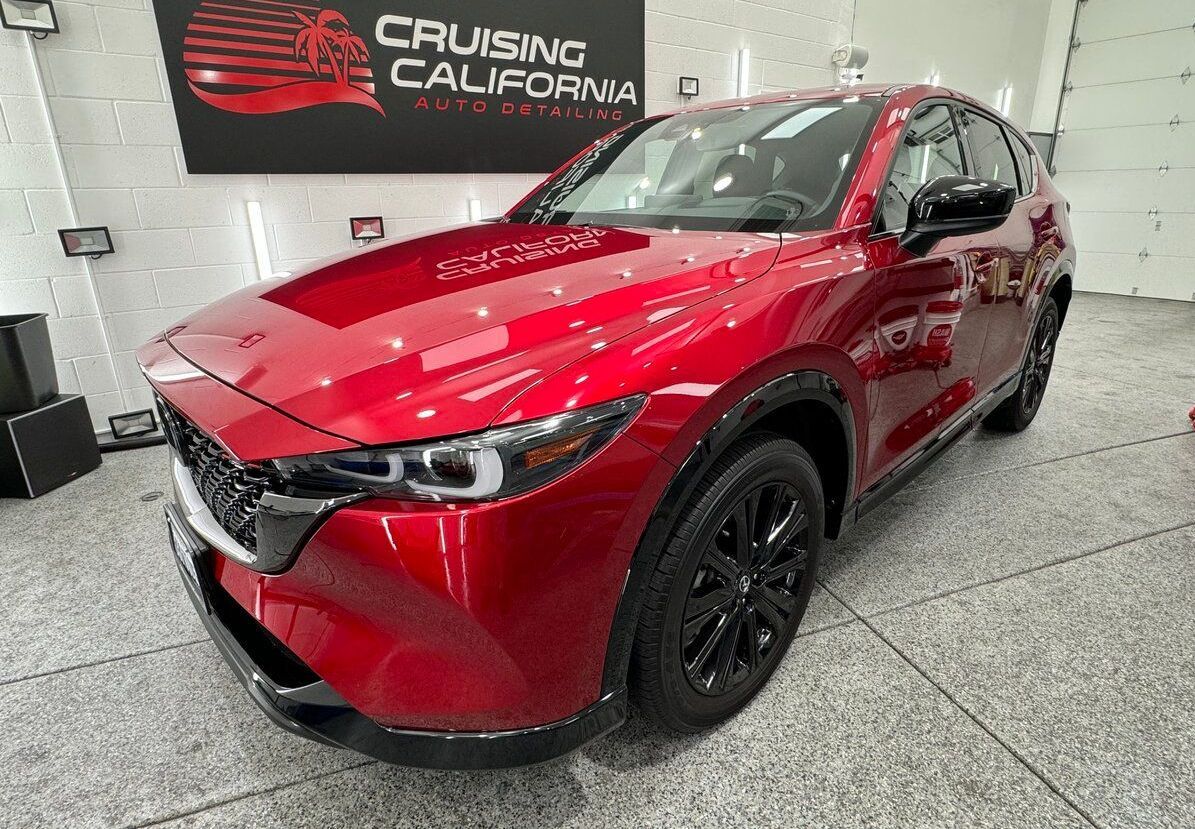
In El Cajon, a bustling hub for car enthusiasts, finding the right professional for ceramic coating is crucial. Reputable auto detailing businesses are abundant, but it's essential to seek out providers who specialize specifically in ceramic coating applications to ensure that your vehicle receives the superior protection and shine it merits.
Expertise in ceramic coating applications ensures a meticulous process and a high-quality finish, both of which significantly impact the longevity and effectiveness of the protective layer. When seeking out these services, pay close attention to the level of expertise each business offers.
Ceramic coating isn't just about applying a protective layer; it's a specialized skill set requiring precision, attention to detail, and expertise. The right professionals will guide you through the process, guaranteeing that your car receives the highest quality treatment. Look for providers with a history of working with various vehicles and delivering exceptional results.
For example, they should possess knowledge about ceramic coatings suitable for different paint jobs, ensuring that every vehicle receives individualized care. This specialized knowledge is critical for achieving the best possible protection and shine for your specific car—whether it's a classic or modern luxury vehicle.
While DIY might save you money upfront, professional services ensure expert handling of the intricacies involved. Choosing the right professionals sets the stage for success in obtaining a ceramic coating on your vehicle. Let's now delve deeper into what to look out for when selecting a provider.
Longevity of Ceramic Coating on Cars
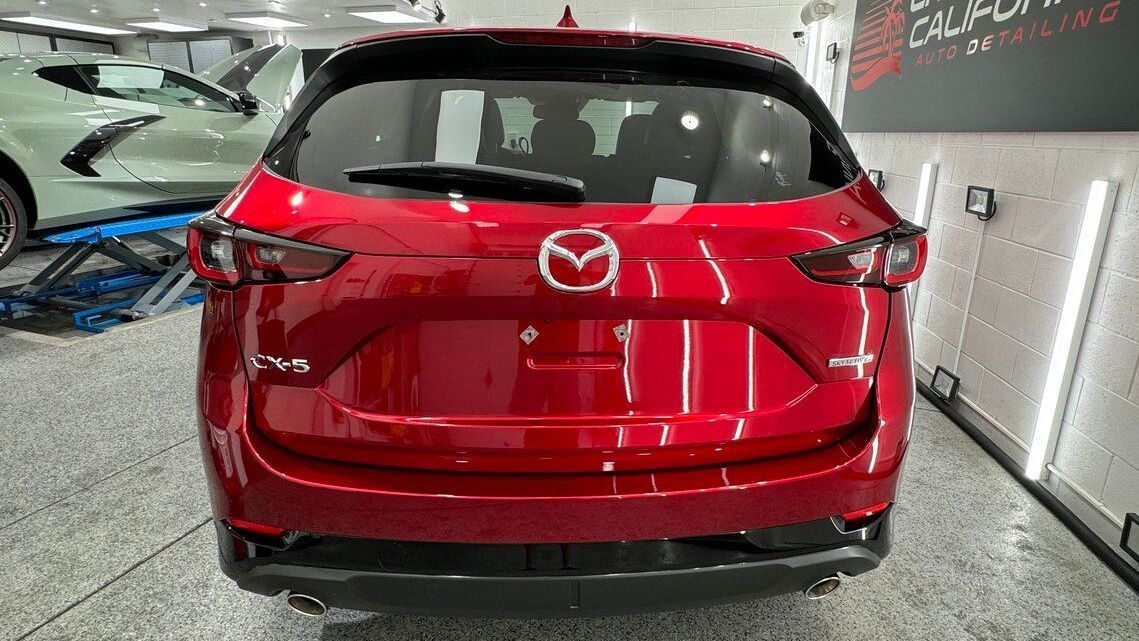
The longevity of ceramic coatings for cars is a significant factor that attracts car owners to this protective solution. When applied and maintained correctly, a quality ceramic coating can last for several years, offering consistent protection and shine to your vehicle's exterior. This long-term durability makes it an excellent investment.
Consider ceramic coating as armor for your car—once applied, it forms a strong and resilient layer over the paint. Regular exposure to UV rays, acid rain, bird droppings, and other environmental pollutants can take a toll on your car's paint over time. However, ceramic coatings' robust and chemical-resistant nature shields the underlying paint from these damaging elements for an extended period.
A well-maintained ceramic coating doesn't just offer immediate protection; it keeps paying dividends in the long run by preserving the aesthetic appeal and resale value of your vehicle. It acts as a safeguard against premature aging and deterioration of the paint, maintaining the pristine look of your car for years to come. Additionally, due to its hydrophobic properties, it repels water and dirt effectively, reducing the need for frequent washes and minimizing the accumulation of contaminants that could harm the paintwork.
To maximize the lifespan of your ceramic coating, periodic inspections and proper maintenance are crucial. These measures, such as applying top-up layers or seeking professional maintenance services, further extend the coating's longevity. Regular inspections help identify any areas where the coating may have worn down or become compromised, allowing for timely repairs or enhancements to maintain its protective qualities.
By ensuring that your ceramic coating is in optimal condition through routine checks and maintenance, you can enjoy prolonged protection and a gleaming finish to your car's exterior. It's ultimately about safeguarding your investment while relishing in the enduring allure of a well-protected vehicle.
Impact of Ceramic Coating on Car Resale Value
When it comes to selling your car, we all want to get the best price possible. Having a glossy, pristine car exterior can make a significant difference in how buyers perceive the value of your vehicle. A well-maintained appearance indicates to potential buyers that you have taken good care of your car, which suggests that there may be fewer underlying mechanical issues as well.
- The Power of First Impressions: Just as a first impression is crucial for making new friends, the first impression of your car is pivotal when sealing a deal with a potential buyer. A ceramic-coated car, with its mirror-like shine and enhanced color depth, captures attention right away. Upon seeing such a well-kept vehicle, potential buyers are often willing to pay more, knowing that they don't have to invest additional time and resources into restoring the car's exterior.
- Preservation of Exterior: Ceramic coating not only adds aesthetic appeal, but also protects the paint from environmental damage and aging. As a result, potential buyers feel assured that investing in your ceramic-coated vehicle will ensure they own a car with an enduring, fresh look for years to come. This sentiment holds especially true in sun-drenched cities like El Cajon. The constant exposure of vehicles to harsh sunlight and UV rays enhances the value of ceramic coating's protective qualities, preventing paint fading and damage from these conditions.
- Long-Term Cost-Saving Potential: The increased resale value of ceramic coating truly makes any investment worthwhile. The added premium that potential buyers are willing to pay can outweigh the initial cost of getting the ceramic coating applied. This means you not only enjoy the benefits of having a stunning-looking vehicle throughout ownership but also potentially recoup some of its cost when it comes time to sell.
In conclusion, the effect of a ceramic coating on your car's resale value is significant. Not only does it enhance the vehicle's aesthetic appeal and raise buyer interest, but it also projects an image of thorough maintenance and care, ultimately translating into a higher resale value compared to non-coated vehicles.
Experience unrivaled protection and shine with CCA Detailing & Ceramic Coating | PPF for ceramic coating services.
At CCA Detailing & Ceramic Coating | PPF, we leverage state-of-the-art technology to provide our customers with the best-in-class ceramic coating solutions. Our ceramic coating services utilize advanced formulations containing nano-ceramic particles that bond to the paint at the molecular level. This creates a durable and hydrophobic barrier that repels water, dirt, and environmental contaminants, ensuring your car remains protected and looks pristine. Book now!

